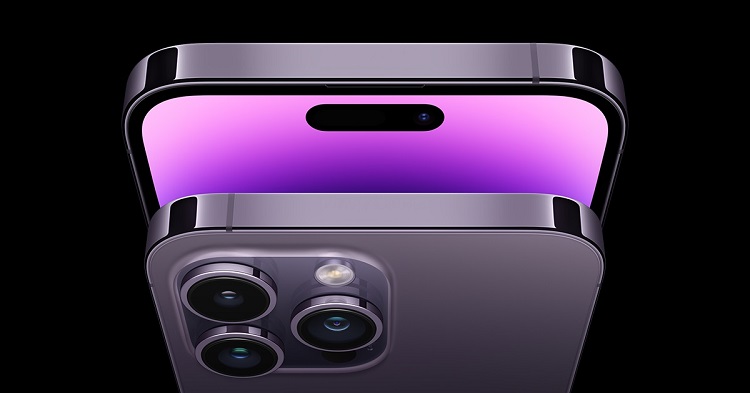
Smartphone photography has evolved significantly, initially thanks to downsizing and amazing developments in camera sensors and lenses, and more recently thanks to the quick development of AI technology.
The necessity to enable computational photography explains why AI features, such as the Tensor processor in the Pixel 6, the Apple Neural Engine (ANE) in iPhones and iPads, and neural processing units in smartphones like Samsung and Huawei, are progressively finding their way into mobile devices.
The ML team at Apple just provided a sneak peek of how the Camera app on iOS and iPadOS utilizes AI to produce better photographs in a blog post. The uncredited essay described the technical aspects of how Apple created a brand-new neural architecture to carry out picture segmentation that is sufficiently small and effective to execute on-device with no impact on battery life.
AI camera is a pre-installed camera function that helps you in taking better photos by intelligently recognizing objects and scenarios and adjusting the camera's settings accordingly. The AI camera can recognize a wide range of images, including stages, beaches, clear sky, lush vegetation, and text.
Recognizing image segmentation
Having a pixel-level analysis of each image is a key component of AI in photography. The Camera app for iPhone and iPad devices do in fact use scene-understanding technology to create photographs. For instance, in order to give features like Portrait Mode, depth estimation and person segmentation are necessary, and a number of other features depend on picture segmentation as a key input.
The software can also distinguish groups of up to four individuals using person and skin segmentation, which enables it to individually tune each person's contrast, lighting, and even skin tone. Similar to how skin segmentation and sky segmentation help sharpening and denoising algorithms enhance the image quality in certain areas of the picture.
Apple unveiled Smart HDR 4, a new version of their proprietary "Smart HDR" technology, for the recently released iPhone 13. The AI team had to move beyond scene-level segmentation in order to produce superior Night mode photographs and increase "color, contrast, and lighting for each subject in a group shot."
HyperDETR is now available
The Identification Transformer (DETR) architecture was chosen by the Apple team as the baseline because it doesn't need the postprocessing that most architecture requires and because it is very effective at assessing regions of interest (Rols), a neural-net layer utilized for object detection tasks.
Despite DETR's benefits, panoptic segmentation employing it resulted in "considerable computational complexity." At higher output resolutions, a second convolutional decoder module required for panoptic segmentation actually became the primary bottleneck. To alleviate this performance snag, the team created HyperDETR.
"HyperDETR is a basic and effective design that combines panoptic segmentation into the DETR framework in a modular and effective manner. Until the last layer of the network, we totally separate the convolutional decoder compute a path from the Transformer compute path, the author noted.
An internal dataset of over four million pictures and 1,500 category labels was used to train the HyperDETR network. . These annotations were of exceptionally high quality.
It should be noted that photos were arbitrarily cropped, orientated, rotated, and scaled to mimic erroneous grabs. When used with ANE, additional optimizations were done to decrease file size and memory footprint.
Better Images
Several Apple workers with expertise in AI, including Atila Orhon, Mads Joergensen, Morten Lillethorup, Jacob Vestergaard, and Vignesh Jagadeesh, are credited with creating HyperDETR.
Computational photography is still developing at a rapid rate, with new developments building on established ideas and structures.
The team's inspiration, according to the Apple author, came from the notion of creating dynamic weights during inference from HyperNetworks, a meta-learning strategy put out by three Google researchers in 2016. And in 2020, researchers from Facebook AI suggested the DETR architecture itself.
Even if you're not much of a shooter with the camera, you can now anticipate that your pictures will get even better.
More importantly, the images it produces are exactly what millions of people are seeking for. Images taken with an iPhone can be of significant events, funny snapshots, or any of the innumerable other sights that people use their phones to record. And a greater proportion of those photographs are made respectable by computational photography.
Of course, not every photo will turn out to be "excellent," but every camera experiences this. We chose the equipment we want to utilize for our photography, including the cameras, lenses, and capturing options as well as computational photography.